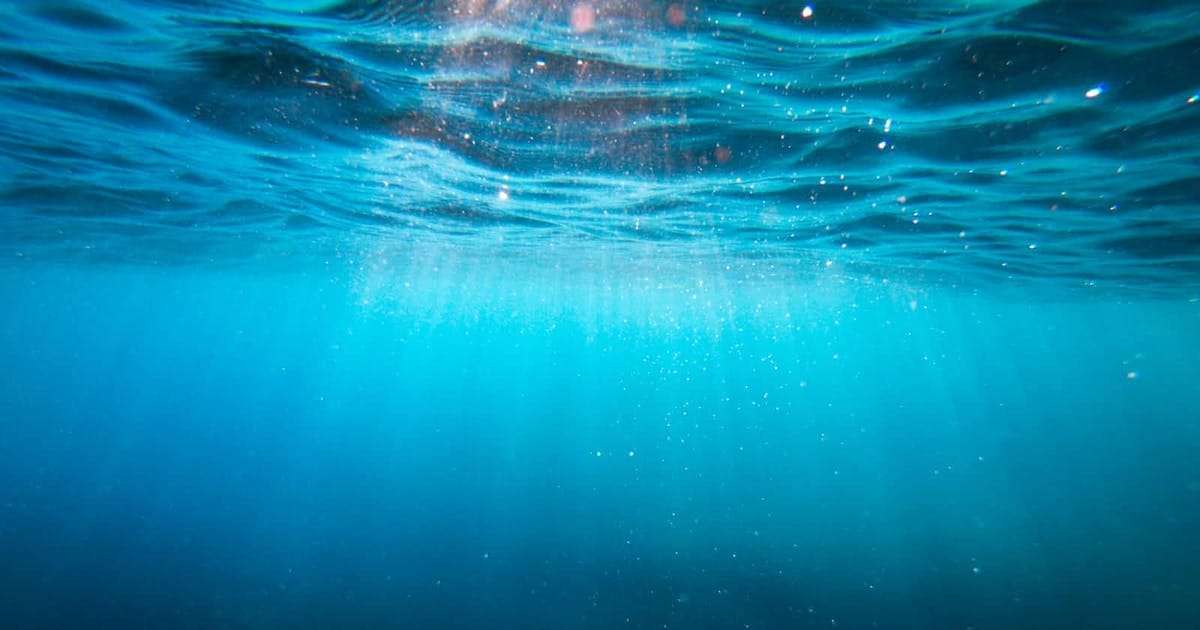
Over 70% of the surface of the planet is made up of oceans, but they are largely unexplored and shrouded in mystery. Large areas of unexplored terrain, teeming with life and mysterious phenomena, lie beneath the waves. The mysteries of the oceans continue to capture people's attention, from mysterious creatures and lost civilizations to unexplained natural phenomena. In this article, we take a fascinating trip into the ocean's depths and explore some of the most fascinating mysteries that have eluded our comprehension.

source: google.com
which includes ocean depths below 200 meters (656 feet), is one of the least explored regions on Earth. There are significant challenges for human exploration in this chilly, dark environment due to high pressure and other extreme conditions. Only a small portion of the deep sea has been explored, leaving large areas uncharted and mysterious. Scientists believe that this area is home to a large number of undiscovered species, some of which may contain information about the origins of life on Earth and the potential for life elsewhere in the universe. Thanks to new technologies like remotely operated vehicles (ROVs) and autonomous underwater vehicles (AUVs), scientists can now explore the ocean at greater depths and learn more about its mysteries. As exploration continues, the mysteries of the deep sea are gradually revealed, revealing an incredible diversity of life and geological wonders.
Some of the most intriguing geological structures found in the ocean are seamounts, also known as underwater volcanoes. Many submerged volcanic mountains are on the ocean floor, but little is known about them or the life they support.
One of the most fascinating discoveries related to subaquatic volcanoes is the presence of hydrothermal vents. Despite the challenging environmental conditions, hydrothermal vents are home to thriving ecosystems sustained by chemosynthetic bacteria, the bottom of the food chain. To learn more about how adaptable life is and whether it might exist in other extreme environments outside of Earth, researchers can study hydrothermal vents and underwater volcanoes.
Whales, dolphins, and seals are some of the most majestic marine mammals. Despite their impressive size and social behaviors, scientists still don't fully understand many aspects of their lives. It is still unknown how whales and dolphins communicate and vocalize so intricately. Researchers are constantly examining the meaning and patterns of these intelligent animals' calls in order to comprehend their intricate social structures and behaviors.
Additionally, scientists have long been baffled by the migratory patterns of some marine mammals, particularly whales. Understanding marine mammals' lives is crucial for both their conservation and for providing important information about the interconnectedness of marine ecosystems and the health of the oceans.
One of nature's most alluring sights is bioluminescence, or the production and emission of light by living things. Numerous marine organisms, ranging in size from microscopic plankton to deep-sea creatures, emit bioluminescent light. Bioluminescence serves a variety of purposes besides attracting prey and warding off predators. Many species and behaviors are still unknown and have the potential to fascinate scientists, despite the fact that researchers have made great strides in understanding the mechanisms underlying bioluminescence.
The oceans hold a wealth of human history, including numerous shipwrecks and submerged ancient civilizations waiting to be discovered. In addition to offering a window into the past, these underwater archaeological sites, which include ancient trading routes, lost cities, and centuries-old shipwrecks, may hold the solution to historical conundrums.
Just two examples of the ancient artifacts and ruins that archaeologists and divers are still uncovering today are the submerged cities of Pavlopetri off the Greek coast and Dwarka off the Indian coast.
Rogue waves, freak waves, or monster waves are tall water walls that appear unexpectedly in the open ocean.
The phenomenon of rogue waves has long baffled mariners and scientists alike. While some seem to be the result of the interaction of different wave systems, others seem to be the result of unknown and unpredictable factors.
Understanding the causes and behaviors of rogue waves is essential for increasing maritime safety and predicting severe weather.
A Growing Environmental Crisis: The Great Pacific Garbage Patch, a vast area of the North Pacific Ocean, is characterized by a substantial amount of floating plastic waste. Because of this massive accumulation of plastic waste, ecosystems and marine life are seriously threatened. The dynamics and history of the Great Pacific Garbage Patch are complicated, and more research is still needed. A few of the collective efforts required to address the issue of ocean plastic pollution include reducing single-use plastics and implementing effective waste management and cleanup.